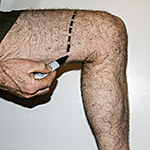 To say that amputees have phantom limbs and whole-bodied people do not is misleading. The so-called ‘phantom’ is the brain’s representation of the body, something everybody has. As neurologist Ronald Melzack put it, “the phantom represents our normal experience of the body.” [Melzack, 1989, p 4]
To say that amputees have phantom limbs and whole-bodied people do not is misleading. The so-called ‘phantom’ is the brain’s representation of the body, something everybody has. As neurologist Ronald Melzack put it, “the phantom represents our normal experience of the body.” [Melzack, 1989, p 4]
Amputees differ from other people in that they notice their phantom limbs, while the rest of us do not. They notice them because the corresponding limb of flesh and blood is missing. The difference between representation and reality is what makes the amputee’s phantom salient. The rest of us fail to notice our body phantoms because, when all is well, we cannot distinguish them from our bodies themselves.
I have started to think of the phantom as ‘the brain’s user interface to the body.’ It’s a very good interface, one that might have been designed by a genius like Steve Jobs. It gives your brain exquisite control over your body while remaining utterly transparent to you, the user. Most people go through life without ever realizing that the interface exists.
The interface is so transparent, it only becomes visible at all when there are discrepancies between representation and reality. In this blog, I’ve taken brief looks at two kinds of discrepancy: the phantom limbs which almost all amputees experience, and the rubber-hand illusion which allows an ordinary person to observe her phantom from a new perspective by tricking her brain into shifting the phantom from her real hand to an obviously fake, dummy hand. Continue reading “Amputation Desire (BIID/Xenomelia) and the Human Experience of Self”

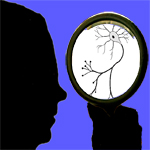
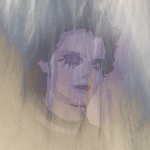
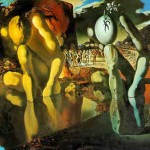 In the
In the 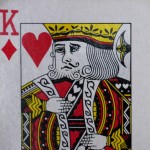 In recent weeks, I have been devouring
In recent weeks, I have been devouring